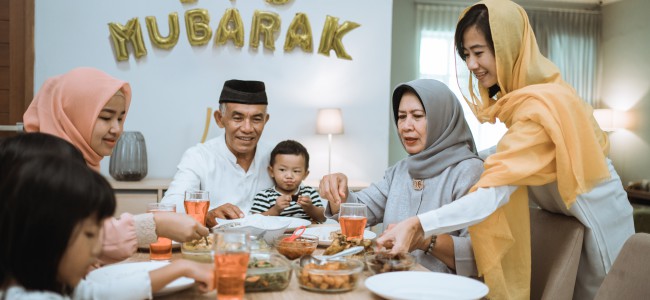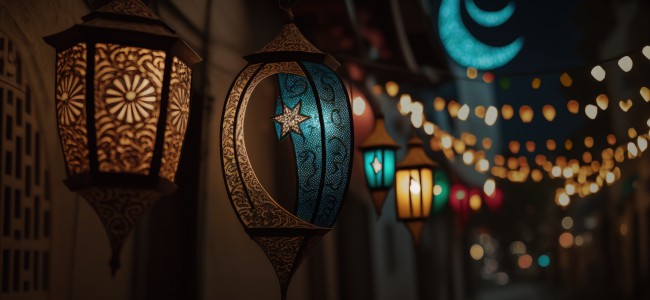It’s no secret that any seasonal holiday is a golden opportunity for brands and advertising agencies. Everyone is getting ready to celebrate, emotions are running high, and messages can touch hearts with the added direction and importance of the holiday. And in a Muslim-majority country like ours, there’s no denying the importance of Hari Raya!
And in Malaysia, when you think Hari Raya campaigns, you’re thinking of heart-warming, tearjerking stories that celebrate love, family, and tradition. When writers get to really pull no emotional punches telling you a story about the season. So let’s look back at some of the top Raya ads of all time and see what they can tell us about speaking to people.
Stories That Move Us
Of course, when you think of “touching Raya ad that makes you cry”, the first brand that comes to mind is Petronas. Without fail, they have always grabbed our attention and held us in awe with inspiring Raya stories tailored for our multicultural nation. They have a lot of winners, but we’ll focus on just one: the “Suparjo & Raju” story.
Like most Raya ads, this entry makes artistic use of music, story, and emotion to tell a story of two friends of different races who lose touch with each other and reunite later. It’s a moving tale of friendship that hits on the main points of Hari Raya, like family and reunion. But what made this entry stand out was that it took place in a year where Deepavali and Raya were close together, which we sometimes call “Deeparaya”.
That made the story of “Suparjo & Raju” even more relevant to our Malaysian audiences, as friends of multiple races and faiths were getting ready to greet both holy days with each other. By staying aware of local dates and keeping their fingers on the pulse of public feelings, Petronas told a moving story that struck an even more personal chord in Malaysians.
Besides Petronas, other companies have made us shed tears and cherish our loved ones during the Raya season. For instance, in 2007, Digi created the “Aku Kan Abang” ad. Short clips of an elder brother teasing and bullying his younger sibling set up the emotional payoff when the younger brother calls his brother when he is an adult. And when he hears his brother’s teasing nicknames for him, he’s comforted by the affectionate joking, hitting on ideas of family bonds standing the test of time which resonate strongly with Malaysians.
Finally, there was Nissan’s own heartbreakingly beautiful “Atuk” ad in 2014. It initially sets up a premise of an elderly gentleman speaking with his wife about his worries now that he is moving in with his son. But as he finishes his journey down memory lane with his wife in the car they have owned all their lives, it is revealed that she has already passed on even as he is prepared to join his son’s family. At 1.7 million views, it certainly resonated with Malaysians.
Each of these cases certainly stays true to similar Raya themes of family, togetherness, reflection, and forgiveness. But they also captured what makes a Raya ad feel genuine and magical to Malaysian audiences: the focus is simply on telling the story. The product is featured, and can even be a key part of the setting, but its presence is subtle and supportive. So while we laugh over the brothers in Digi’s ad, we realise that their conversation happens over a phone. And while our hearts go out to the grandfather driving with his wife, it occurs to us that they are driving a Nissan which has been with them their whole lives.
Innovation And Inspiration
Of course, there’s more to Raya marketing than inspirational stories! After all, we are in the business of creativity and communication. And while Raya is a great time for storytelling in advertising, there is still space for social initiatives, grand campaigns, and inventive solutions.
Take for instance Darlie and their “Semangat Hari Raya” campaign which began in 2022. This was the launch of their larger “#SemangatTogether” campaign, and was meant to demonstrate the resilience and unity of Malaysians in the face of the pandemic.
Collaborating with musicians Reza Salleh and MuZza, this initiative saw the two musicians interviewing everyday Malaysians. The answers they received then informed their song writing process, turning the word on the street into a festive film and music video, its lyrics born from the voice of the people.
The video was a hit at 2 million views, and helped to reconnect Malaysians with each other by reminding them about what truly makes us special and united. This, in turn, tied in perfectly with the ethos of Raya, where reunion and reconnection are important elements, as well as the timing of Malaysians finally being able to enjoy their first in-person holiday celebrations after two years. This, in turn, put Darlie at the forefront of their minds as the brand used by those who want to look their best.
And last but not least, it’s worth mentioning the success of SSF Home. This home goods brand was able to ride the Raya wave to greater success through clever use of social media engagement in its “#RayaBersamaSSFHome” campaign in 2022.
Largely based on social media platforms like Instagram on Facebook, SSF Home got into the Riang Raya mood and reached out to multiple Malaysian influencers. To stand out during the festive season, they had the influencers share their time in their stores, looking for the ideal furniture and fixtures for Raya. In doing so, they helped their brand appear more personal while also tapping into the audiences of those respective influencers.
These are just a few examples of exceptional Hari Raya ads we have on record. And there is no doubt that as the years go by, the Hall of Fame will grow even more complete thanks to better record keeping made possible by the digital age. Each of them is an example of not just the values of Raya, but how brands can touch audiences in a meaningful way and still achieve success.
So what can we learn from all of these cases? Besides the unique advantages and choices of each one they all share the core factors of how one does a campaign for Hari Raya: By speaking to consumers in the language of the season, which is love, family, and tradition. Not by selling a product to a customer, but by speaking to the heart of an audience.



